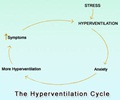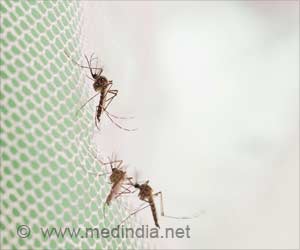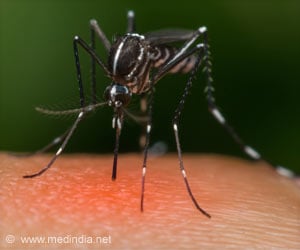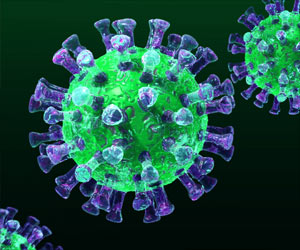
‘Epidemic preparedness and the ability to stop transmission efficiently during an outbreak can only be achieved through a detailed understanding of the drivers of Nipah transmission. ’
Tweet it Now
The study showed in particular that adult cases with respiratory symptoms transmitted the virus to more individuals than other cases, and might therefore be targeted for interventions when the isolation of all suspected Nipah cases is not possible. This research paves the way to more efficient control measures. These results will be published in the scientific journal NEJM on May 9th, 2019. Nipah virus is a bat-borne paramyxovirus found throughout South and South East Asia. With a case fatality of >70% and no available treatment or vaccines, Nipah virus was identified by the World Health Organization as an emerging infectious disease that may cause major epidemics if the pathogen evolves to become more transmissible, leading the organization to prioritize it for research to prevent future health emergencies.
In the absence of efficient treatments or vaccines, the only way to control Nipah virus outbreaks are through targeted interventions that limit opportunities of spread. However, designing such interventions is challenging in a context where transmission mechanisms remain poorly understood. Further insights on mechanisms of person-to-person transmission of Nipah virus are therefore urgently needed.
To unravel the drivers of person-to-person transmission of Nipah virus, researchers from the Institut Pasteur, CNRS, icddr,b, IEDCR, US CDC and Johns Hopkins Bloomberg School of Public Health studied the characteristics of all Nipah cases and over 2000 of their contacts identified during the last 14 years of outbreak investigations in Bangladesh, the country that has reported the largest number of cases.
The study showed that, in particular, adult cases with respiratory symptoms transmitted the virus to more individuals than other cases, and therefore might be targeted for interventions when the isolation of all suspected Nipah cases is not possible. Moreover, contacts exposed to body fluids, including respiratory secretions, were more likely to get infected than others- consistent with an important role of respiratory secretions in person-to-person transmission of Nipah virus. The study further showed that spouses of cases and contacts with long exposure duration (often the caregivers) were more likely to get infected and should therefore be the focus of protective measures. The detailed outbreak investigations carried out over the last decade by our colleagues from the icddr,b and IEDCR in Bangladesh have made it possible to answer key questions about the transmission of the virus between humans », states Simon Cauchemez, co-senior author of the study and head of the Mathematical Modelling of Infectious Diseases Unit at the Institut Pasteur.
Advertisement
Source-Eurekalert










